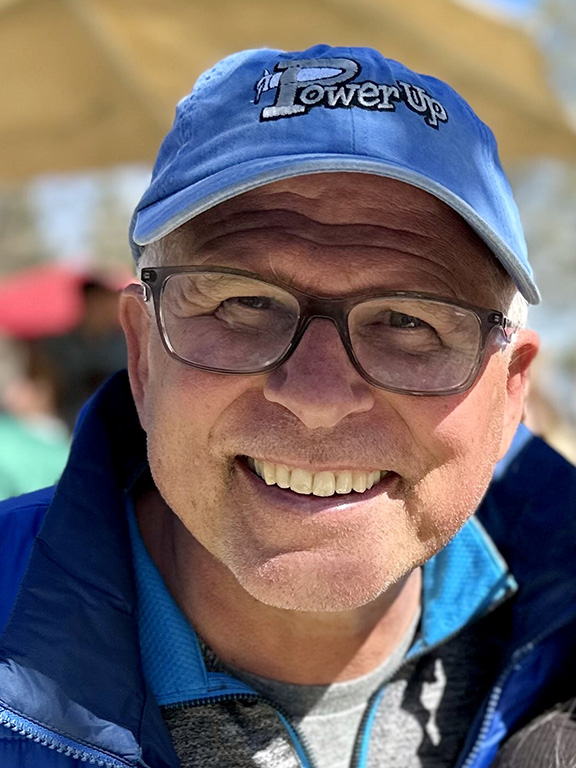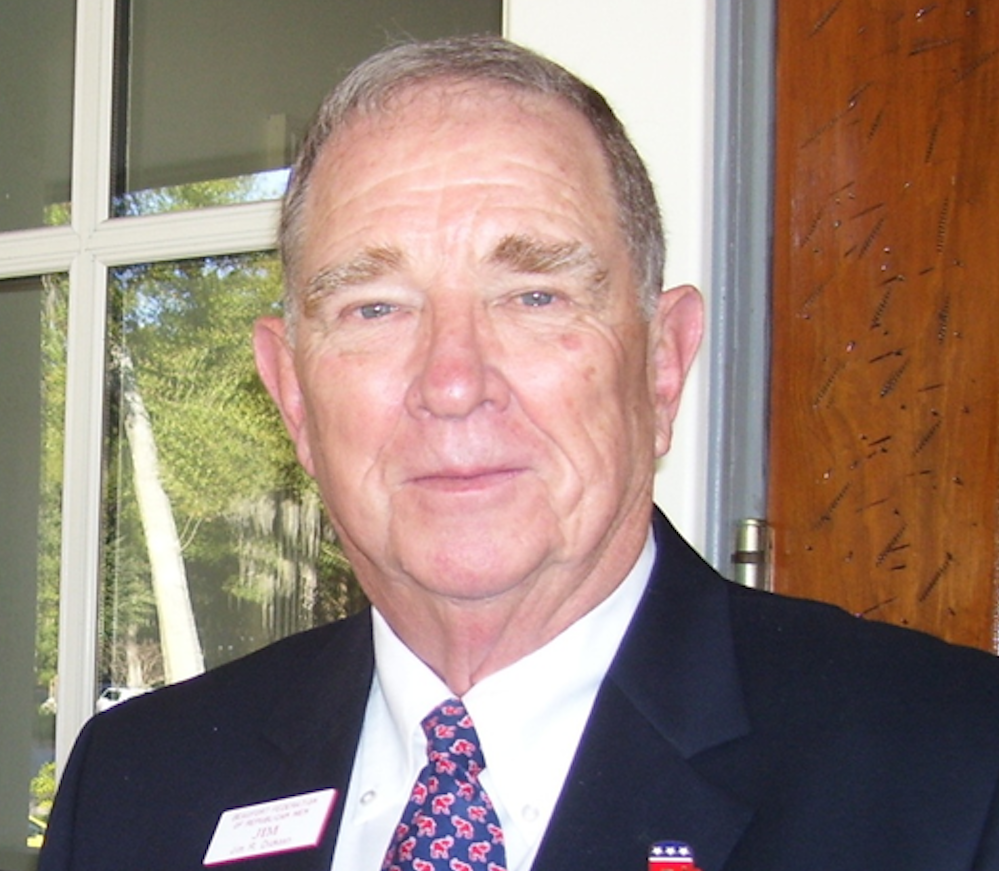By David M. Taub
In last week’s column, I shared the history behind the creation of the Yemassee Primate Center and promised to fill you in on the details of how our notorious and mysterious Monkey Island came to be, as well as explain my unique connection to all this monkey business.
About 1974, the FDA began supporting rhesus monkey colonies in Puerto Rico for the Sabin Poliomyelitis Virus Vaccine Program. The FDA was among the first government agencies to proactively contract with the University of Puerto Rico to support two satellite island rhesus colonies, which were spin-offs from over production at the original Cayo Santiago colony. This was a prescient FDA decision because by 1977, India had permanently banned all exportation of rhesus monkeys to the United States.
***
In 1978, as an assistant professor at Bowman Gray School of Medicine, I conducted basic research on social risk-factors and cardiovascular disease using non-human primate models. The veterinarian at the Yemassee “monkey farm” asked me to consult to reduce aggression in their breeding colony. At about this time, the FDA announced an open competition for the Puerto Rican breeding colonies that it was funding.
Litton Bionetics badly wanted to obtain this contract. They had identified an isolated island, Morgan Island in Beaufort County’s St. Helena Sound, which they believed was an ideal location to reestablish the Puerto Rican free-ranging breeding colonies. I was asked to write the scientific section of the FDA application. The contract we sought was awarded, and we began the arduous and challenging task of moving about 1,500 monkeys from southern Puerto Rico to Beaufort. Now things really got interesting. Yemassee Center hired me to manage the Morgan Island colony, and in spring of 1979 I moved to Beaufort, with wife Pam, 6-year old daughter Alison, and our aged cat Winky. This would be my second time in Beaufort; the first was in 1964, when I spent a challenging semester at University of Parris Island (another story for another time).
There were nine shipments from the Ponce, Puerto Rico, airport to Beaufort via Miami: six starting in July 1979 and three more in early 1980. The FDA chartered an aged DC3 and monkeys were shipped in crates that contained three slots per crate, one animal per slot. About 100 crates filled the plane’s belly. To this day, I marvel at how we managed the following magic act: That antique DC3 had to stop in Miami for refueling before continuing on to Beaufort. The pilot radioed MCAS air control requesting permission to land — perhaps he was a Marine aviator in a previous life. Miraculously, they granted it.
Marines came out to witness this spectacle as we unloaded monkey crates onto a trailer. In the moonless dead of night, we drove to our boat dock at Lucy Creek. Perhaps the watching Marines thought we were moving a load of strange looking recruits destined for Parris Island.
Every flight sought and received permission to land at MCAS, and the plane always arrived late at night — I believe that old DC3 was slower than my Nissan 300ZX twin turbo sports car. Early the next morning, we loaded crates onto our boats for the seven-mile trip to Morgan Island. Upon arrival, each animal was uncrated and given a complete physical exam, and then released to the wilds of “Monkey Island,” as Morgan Island was immediately christened. That moniker remains to this day. We repeated this routine over the course of about nine months; thereafter, the colony was closed to introductions from outside sources. The colony grew three-fold over the next 10 years, and each year several hundred 2-year old animals were shipped to the FDA in Bethesda, Maryland, in support of the polio vaccine certification program.
***
An 1896 science fiction fantasy by famous English author H. G. Wells tells the story of Edward Prendick, a shipwrecked man who is left on the island home of Dr. Moreau, a mad scientist who experiments with creating human-like hybrid creatures.
After the first monkeys arrived on Morgan Island in summer of 1979, all manner of Dr. Moreau-like rumors began circulating. No one was allowed on the island. What was going on there? Why all those monkeys? No sooner had monkeys begun feasting on Purina Monkey Chow on Morgan Island than people started calling Yemassee’s monkey farm (or the sheriff) saying they were seeing wild monkeys in their backyards (most likely, raccoons). To them, every rattle of a garbage can was a monkey trying to steal some leftovers. In fact, only a very few young “bachelor” males decided to swim off the island (rhesus monkeys are good swimmers). We trapped and returned most of them to their island paradise. The fate of the others, who can say?
***
Well you ask, what was the purpose of keeping monkeys on Morgan Island and what were we doing with them? The short and accurate answer is nothing. It was then, and remains today, a breeding colony. Exclusively. No research is done using the monkeys. Yet even today ridiculous rumors abound of Dr. Moreau-style “secret research” out in the boonies on Monkey Island. It is all nonsense. Balderdash. Untrue.
So, we come to the end of this fascinating story. You’ve heard it here, straight from the horse’s, er … monkey’s mouth. I suppose you could say I was the “mad scientist” who was the in charge of Monkey Island’s furry denizens. Beaufort’s seminal role played in eliminating the deadly polio virus is a critical piece of Beaufort County’s history. We owe a continuing debt of gratitude to the rhesus monkeys who gave their all to save so many humans’ lives from polio, and many other diseases as well. For better or worse, it also led to my return to Beaufort and eventually to being elected mayor. Truth is truly stranger than fiction.
David M. Taub was Mayor of Beaufort from 1990 through 1999, and served as a Beaufort County Magistrate Judge from 2010 to 2015. He may be contacted at david.m.taub42@gmail.com.






